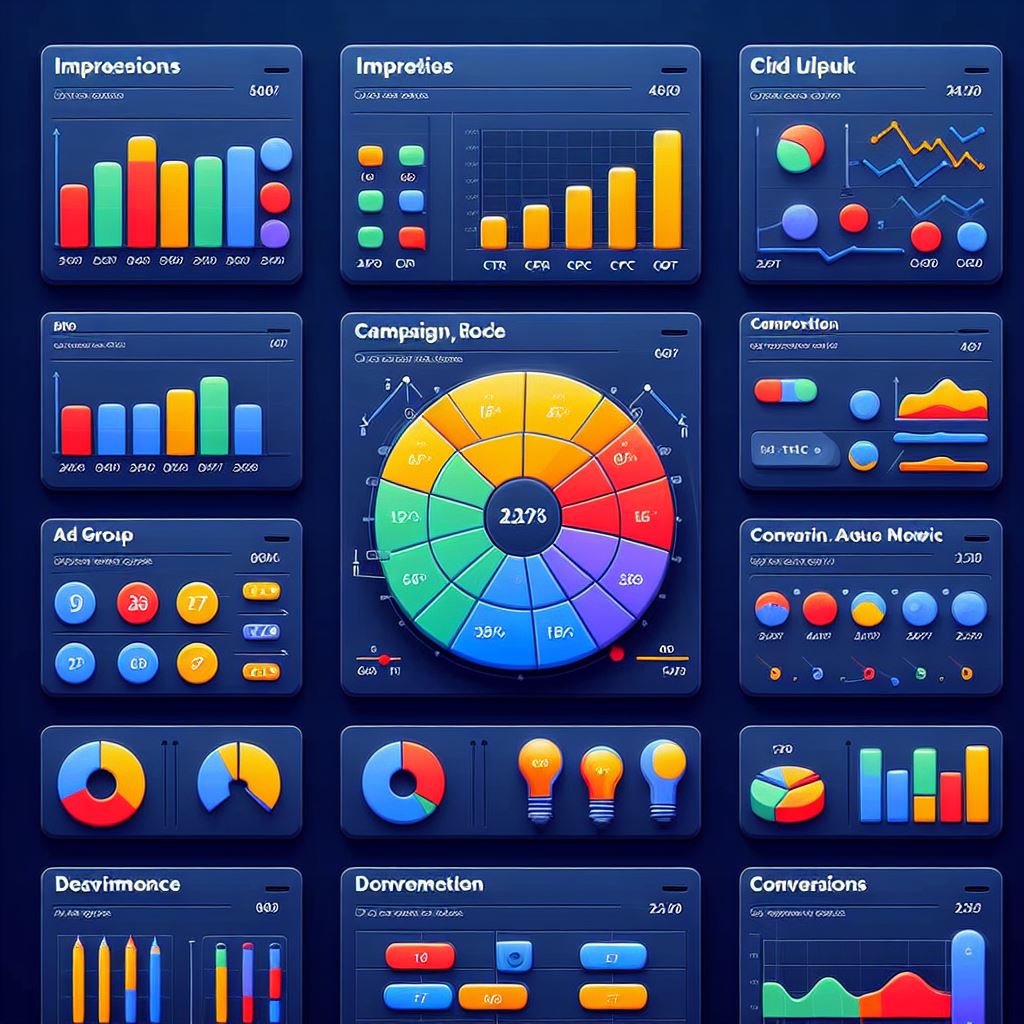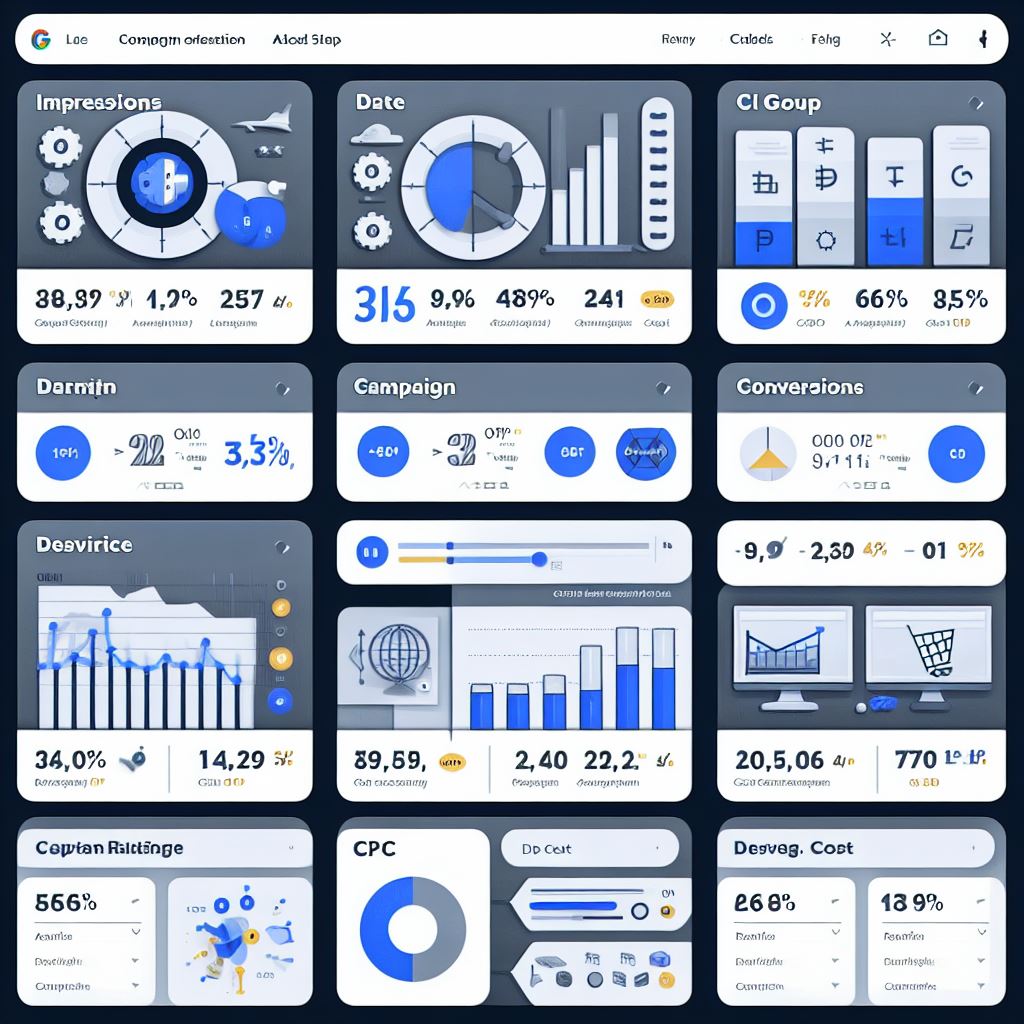The digital marketing landscape is always evolving, and that includes paid advertising. Over the next few weeks, I will be doing a deep dive into the importance of having a custom column setup for three major ad platforms: Google Ads, Meta Ads, and LinkedIn Ads.
The truth is that the default ad columns that these platforms give you only show you 10% of the picture. In reality, you need to be strategic when it comes to your ad column setup so that you can access all that juicy hidden data. That’s where custom column setups come in.
Today, I’m going to walk you through why it’s so important to have a custom Google Ads column set up for your ads, as well as some tips to help you achieve this.
If you’re looking for a practical example, I also have a video on the topic, where I share my screen and show you behind the scenes of exactly how we set up our columns at my ad agency, Snowball Creations.
Best of all, once you’ve read this post or watched that video, you can click here to get a downloadable template of column setups for all the platforms mentioned above! This isn’t just your basic ad setup – it’s nuanced, it uses my years of experience running ads, and it’s effective.
Part one: unveiling hidden data
The big ad empire of the world, Google, has a deep, dark secret . . . It’s hiding your data. Sure, it’s a wizard in the digital realm, but it seems to be using its powers for evil rather than good.
Luckily, it’s not all as dreadful as it seems. This data isn’t impossible to come across – you just have to know where to look. You can modify columns and add other custom columns to show you new as well as existing metrics and give you the bigger picture. A lot of valuable data isn’t displayed in the generic ad columns setup, which is why you need to make your own custom columns so that you have the big picture.
The sad truth is that, if you neglect taking the time to properly set this up, you will be blindfolding yourself to 95% of data. In an industry where knowledge leads to money, this lack of data may leave you feeling adrift in an ocean of uncertainty. That’s the opposite of how a spreadsheet should function! It should give you information and data in a way that makes sense for you.

Part two: the professional standard
There’s likely a reason why Google’s default column setup is so minimal. If you’re new to ads, seeing all this information in your Google Ads account at once can be overwhelming. You also can’t just create a custom column with no strategy behind it – you need to have a strategy for how you modify columns.
However, if you want your ads to succeed, you need to go above and beyond. You need to outperform the average. And custom columns help you do that. Of course, there are a lot of ways to set up your columns in Google Ads, so that also poses a problem for those who aren’t very familiar with ads. That’s where this guide comes in.
I’ve worked with hundreds of companies when it comes to running their ads, so I’ve fine-tuned what works and what doesn’t. My ad column setup is a well-oiled machine by now.
And if you’re still thinking that you have no clue what’s happening, remember that you can always refer back to the downloadable template linked above! These spreadsheets will allow you to copy the column setup all my ad managers use. This is an indispensable tool with a wealth of knowledge.

Part three: custom columns and diagnostic sorcery
Remember how I said that Google was a wizard in the digital ad world? Well, it’s time to play the UNO reverse card and do some magic of our own.
You need to make sure that your columns have all the info you need, and you also need to make sure that they’re structured in a way that makes sense. I recommend looking at things going from campaigns, to ad groups, to keywords. Looking at these things – such as an ad group level – individually, will help you compare metrics.
You need to make sure that you have the basic information such as the campaign name, what its budget is, and what its status is. But that’s just the tip of the iceberg. You also need to be able to see your strategy and how much you’ve actually spent.
From there, you need to have some type of funnel that goes from someone discovering your brand all the way through to conversion. An example of this funnel would be:
- Impressions
- Clicks
- Average CPC
- Conversions (primary and secondary)
- Conversion value
- Conversion rates
Of course, you can go very deep into this by looking at the conversion type or conversion action to help you assess the data better.
Next steps
If you’re feeling lost, don’t stress. Google Ads can be terrifying! Seeing multiple custom columns with multiple filters can make you feel like you’re floundering in the ocean with no land in sight. I know that seeing something written down in a list format is very different from actually trying to set it up. The point of this post is simply to highlight the importance of custom columns.
Where to from here?
Once you understand why this is important, you can then take steps towards implementing it. I mentioned earlier that I have a video and a downloadable covering this topic, so I will link those here as well.
Click here for the YouTube video. This shows you my Google Ads custom column setup in real-time, and I also spend a lot more time explaining what each column is and why it’s important.
Click here for the downloadable. If you want to be able to exactly duplicate a professional ad agency’s column setup, this document has all the information you need. It contains info on not only Google Ads, but also Meta and LinkedIn ads.

In conclusion
This was a very high-level overview of the importance of custom columns when it comes to Google Ads. If you’ve tried to make paid ads work but haven’t seen much success, it could just be that you don’t have the data you need.
The more data you have, the more you learn about your ads and your audience. You’ll gain insight into what’s working and what isn’t, and then you can use this insight to help you make your next round of ads perform better.
And of course, if you don’t feel like doing the work yourself, I recommend using a paid ads agency to help you. Fill in the form below to learn how my team would tackle paid ads for you.